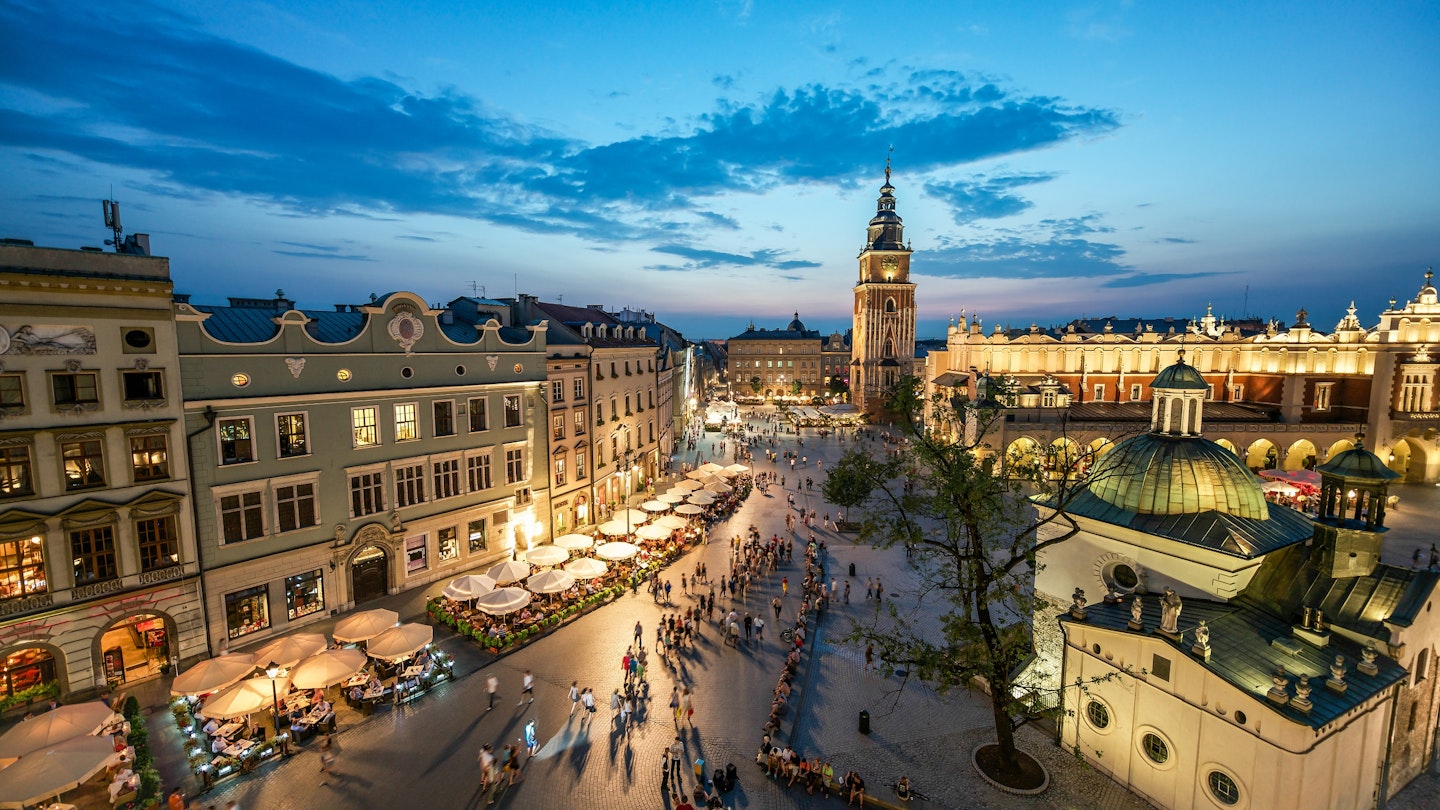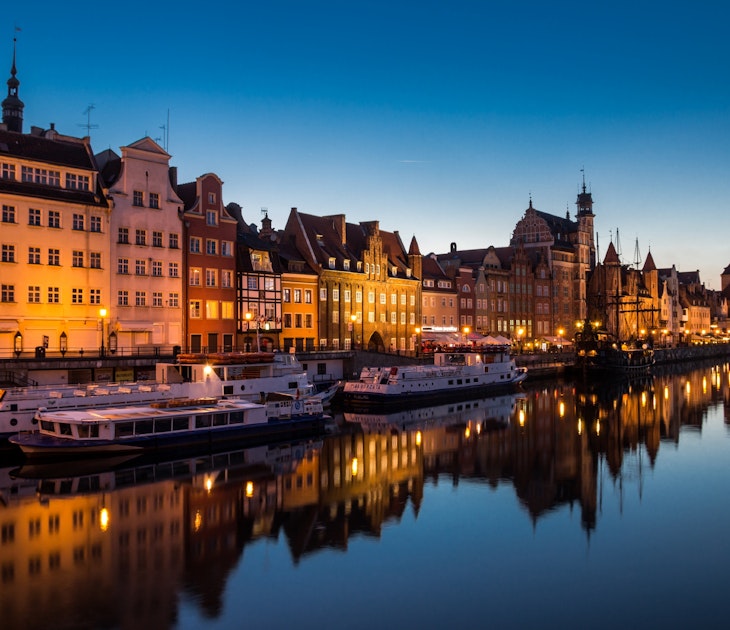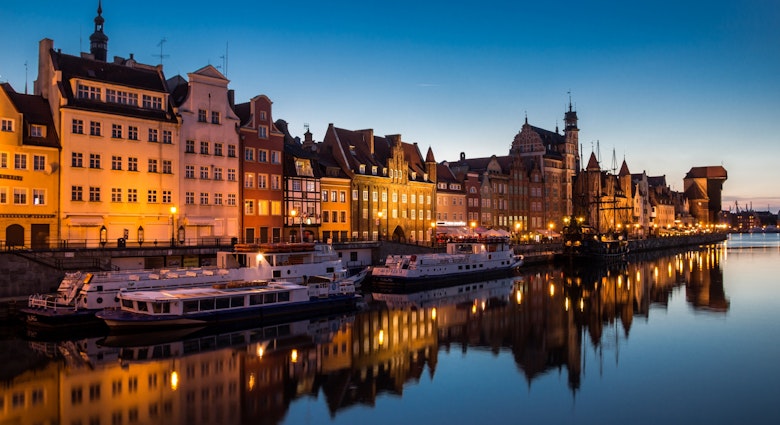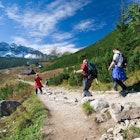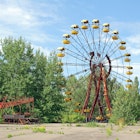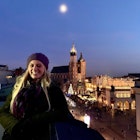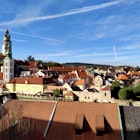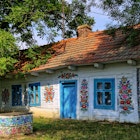Kraków packs a lot into a compact space. Two days will give you a decent shot at seeing most major sights, but even then you’ll have to keep moving and keep focused. Thankfully, there are plenty of cafes along the way to grab an energising cup of coffee or piece of cake. If you have just a weekend to spend in this fantastic city, follow Lonely Planet’s guide to making it perfect.
Day one

Main Market Square
There’s no better reward for springing out of bed than the chance to gaze at Kraków’s magnificent Main Market Square (Rynek Główny), Europe's biggest medieval town square, measuring some 200m by 200m. Stroll the space’s carefully laid-out proportions and admire the elegance of the Renaissance Cloth Hall at the centre. A climb up the Town Hall Tower affords an aerial view; or clamber down into the tunnels below to see a high-tech historical rendition of the city at the Rynek Underground.
Set aside at least half an hour to walk through St Mary's Basilica to take in the Gothic artistry of the interior and especially the church’s fabled carved wooden altarpiece. Once back outside, listen for the hejnał (bugle call) at the top of the hour from the taller of the church’s two towers. Stay on the square for a traditional Polish lunch at Hawełka.
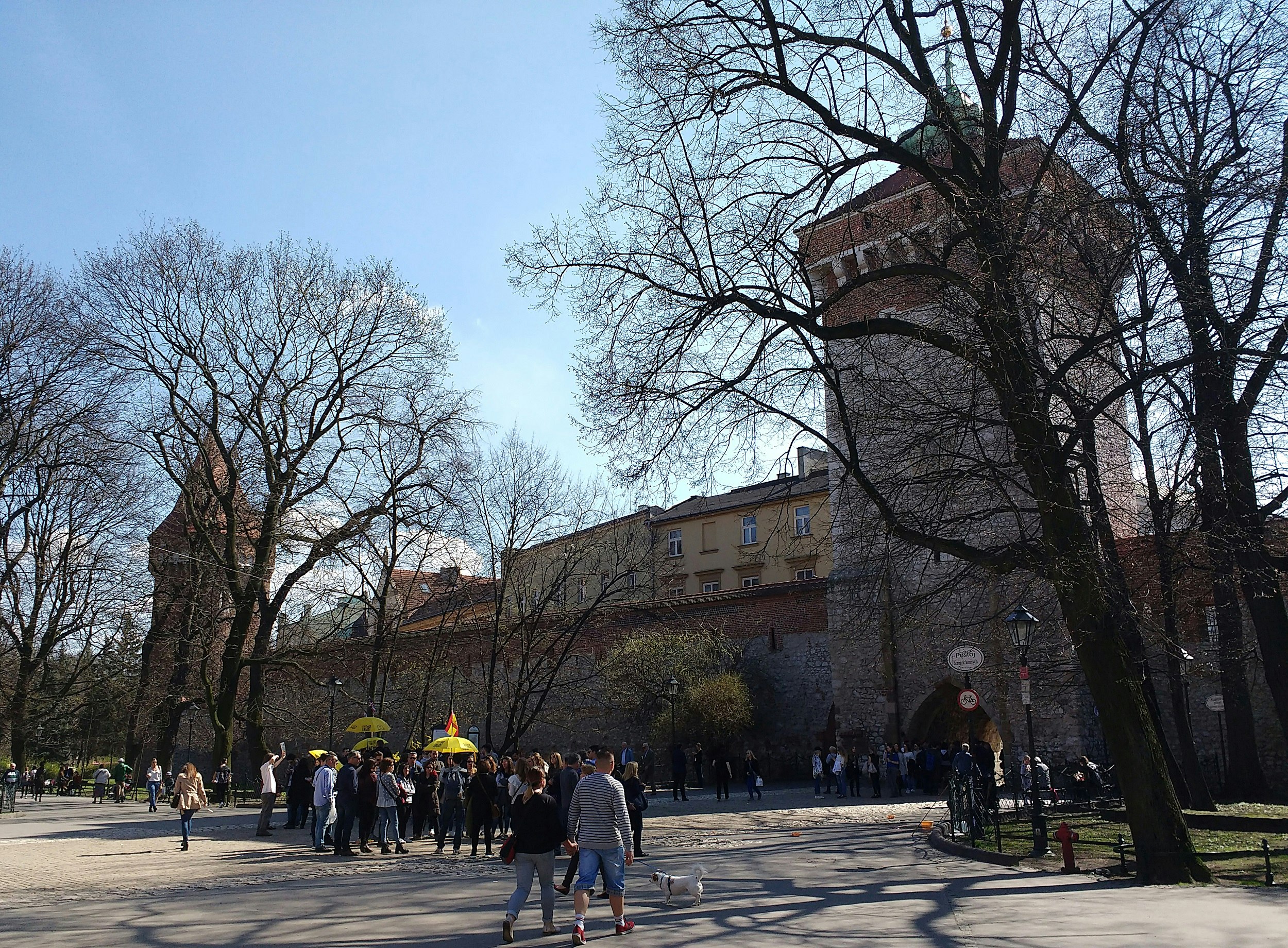
Old Town
Walk off the carbs with a prowl along the atmospheric back streets that lead off the market square. A short walk to the east brings you to the Gothic Collegium Maius, where Copernicus once studied and now home to an impressive collection of medieval scientific instruments. Stroll north of the square and take a look at the impressive Barbican and what’s left of the former Defence Walls. Most of the walls were torn down in the 19th century to make way for the lovely park, the Planty, which encircles the Old Town.
Café Camelot, a local institution, is an inspired choice for a tea or coffee break or a light dinner. For evening fun, there's no point leaving the Old Town. Check out the Harris Piano Jazz Bar for live music. If you're looking for that perfect drink, start your quest at Pauza and Spokój.
Day two
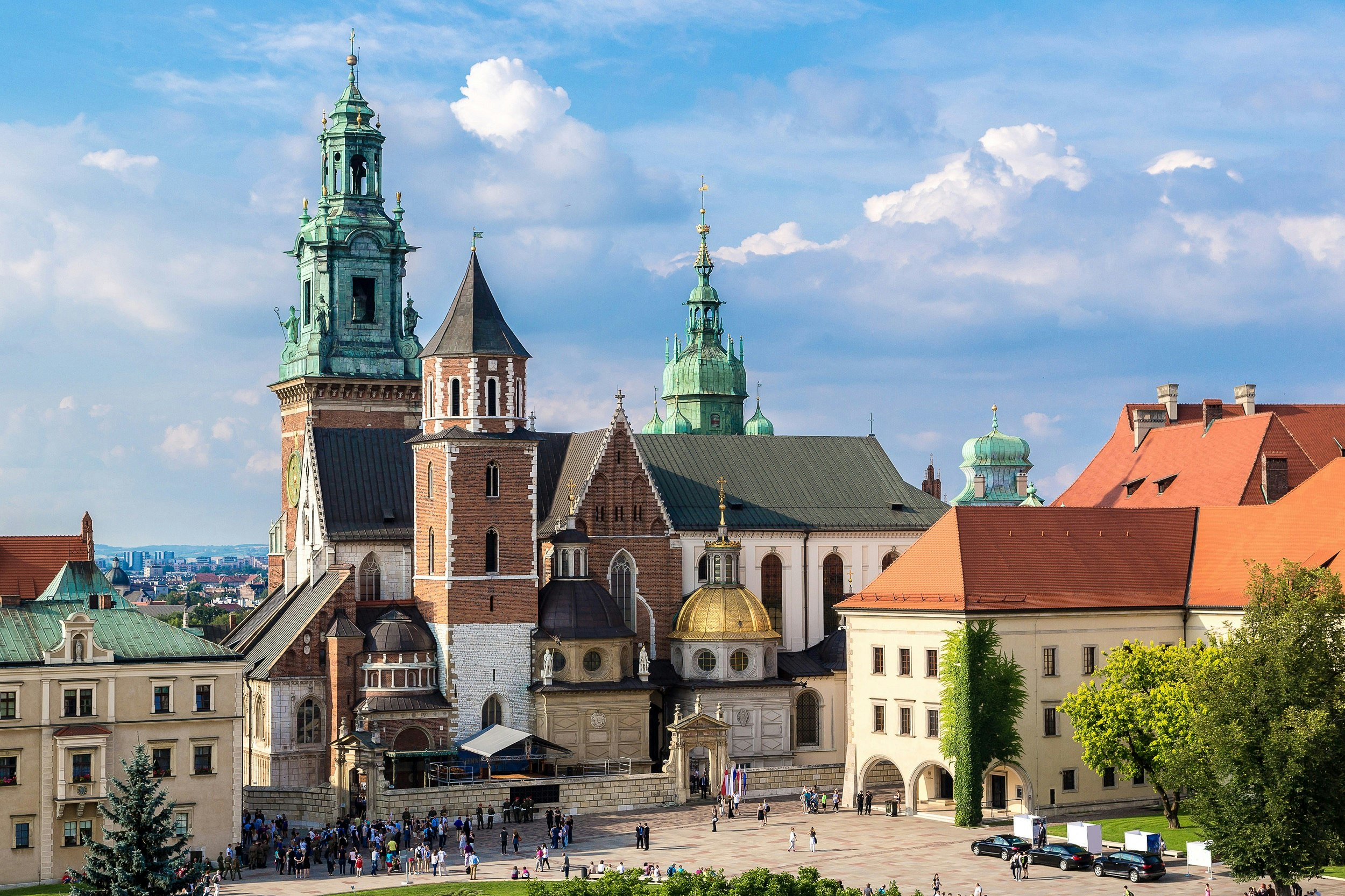
Wawel Hill
Kraków is especially proud of its five centuries (until the end of the 16th century) as the seat of the Polish kingdom, and that splendour is on display at the Wawel Royal Castle. Walk the grounds for free or line up at the visitor centre to buy tickets to view the Royal Private Apartments and State Rooms. You’ll need to get an early start, though, as tickets are limited and sell out quickly. Don’t miss Wawel Cathedral, with its richly appointed Renaissance chapels and royal crypts, where many Polish kings and leaders found their final resting spot.
Sustenance is a short walk away. For lunch, Miód Malina offers a refined take on traditional Polish dishes. Nearby Restauracja Pod Baranem serves excellent Polish cooking, and sets itself apart with a wide selection for diners with food sensitivities or allergies.
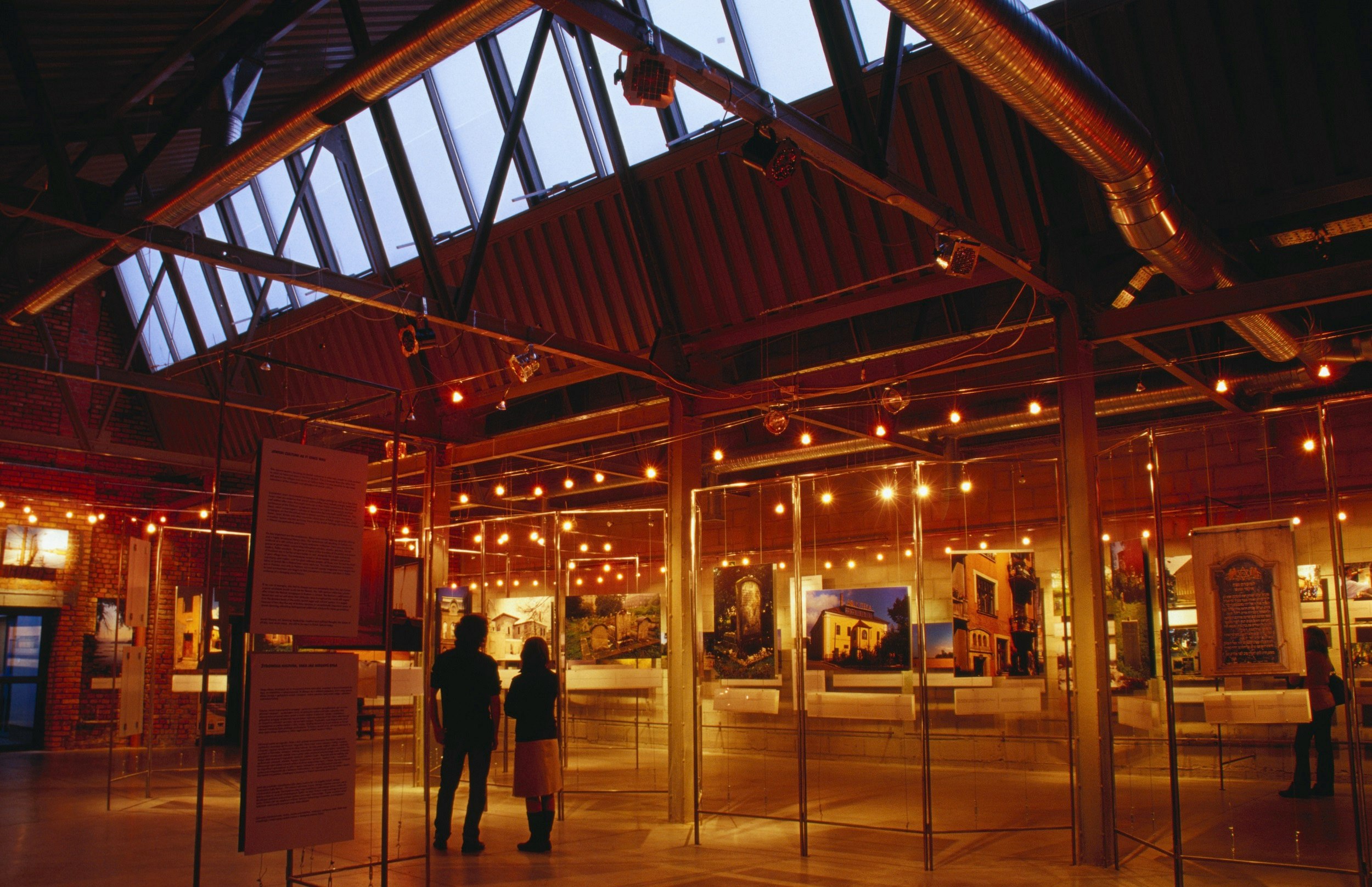
Kazimierz
Amble a quarter-hour south of Wawel Hill to find Kazimierz, once a separate town from Kraków but now fully integrated into the city. Kazimierz has a fine collection of old Catholic churches, but the area is best known as the former Jewish quarter. Start at Plac Nowy and stroll the back lanes to visit the still-standing synagogues, such the Old Synagogue or Remuh Synagogue, and learn of the centuries of Jewish life that came to an end with the German occupation in WWII. The Galicia Jewish Museum uses photography to show off the region’s Jewish heritage.
Podgórze
Further south in Podgórze, across the river, the Germans infamously built a sealed ghetto during WWII to hold the city’s Jews; this later served as the setting for Steven Spielberg’s film, Schindler’s List (1993). If you’ve still got some energy, tour Nazi industrialist Oskar Schindler’s Factory, which has been retrofitted as a museum of city life during the German occupation. Book tickets in advance on the museum website, as this attraction is very popular.
Return to Kazimierz for dinner in Jewish style at Dawno Temu Na Kazimierzu or for well-done traditional Polish at Sąsiedzi. Kazimierz has emerged as Kraków’s premier quarter for nightlife, so finish up with drinks at atmospheric, candle-lit watering holes like Singer Café or Alchemia.
You might also like:
Top 10 things to do in Poland
Krakow’s Jewish culture is in the midst of a revival
5 great day trips from Kraków

